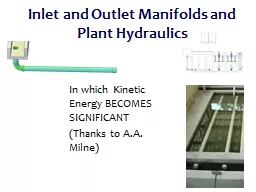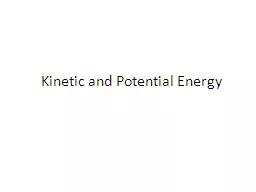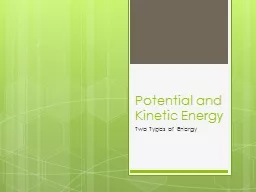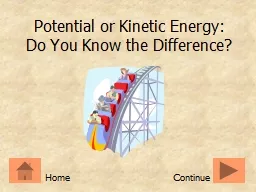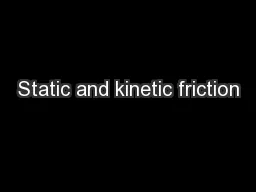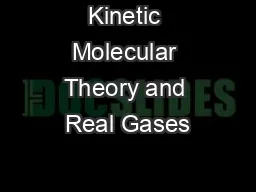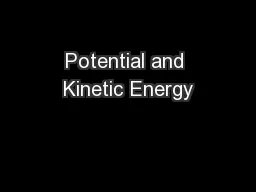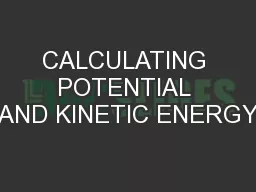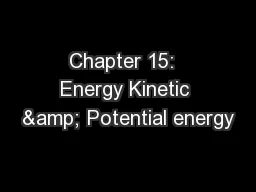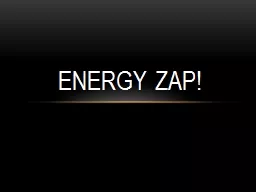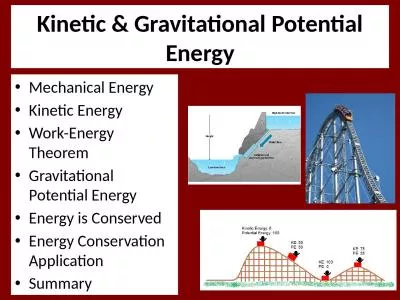PPT-In which Kinetic Energy BECOMES SIGNIFICANT
Author : olivia-moreira | Published Date : 2020-04-07
Thanks to AA Milne Inlet and Outlet Manifolds and Plant Hydraulics Nomenclature a start Symbol Description Sub Q Flow P Port A Area M Manifold H Piezometric head
Presentation Embed Code
Download Presentation
Download Presentation The PPT/PDF document " In which Kinetic Energy BECOMES SIGNIFI..." is the property of its rightful owner. Permission is granted to download and print the materials on this website for personal, non-commercial use only, and to display it on your personal computer provided you do not modify the materials and that you retain all copyright notices contained in the materials. By downloading content from our website, you accept the terms of this agreement.
In which Kinetic Energy BECOMES SIGNIFICANT: Transcript
Download Rules Of Document
" In which Kinetic Energy BECOMES SIGNIFICANT"The content belongs to its owner. You may download and print it for personal use, without modification, and keep all copyright notices. By downloading, you agree to these terms.
Related Documents

